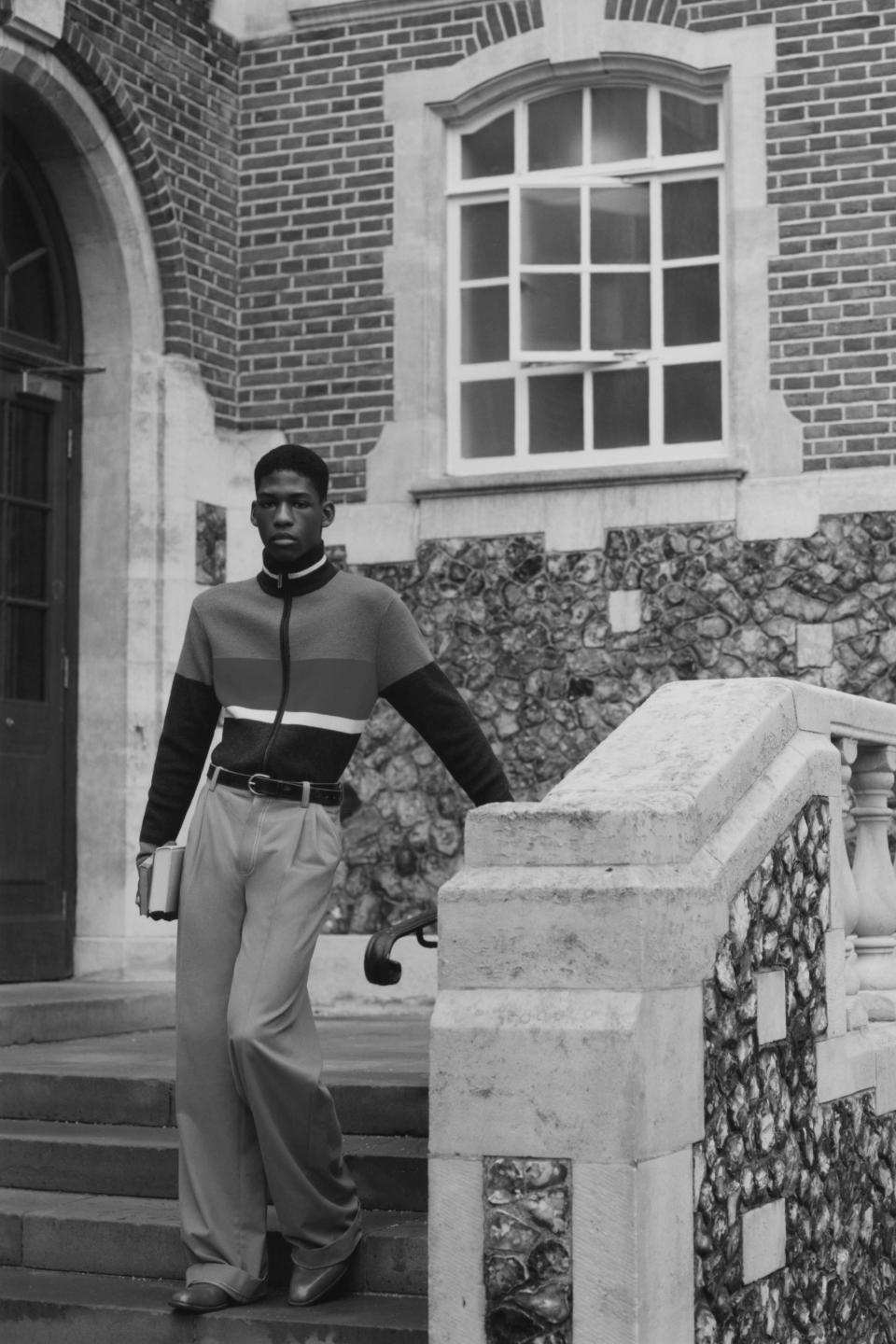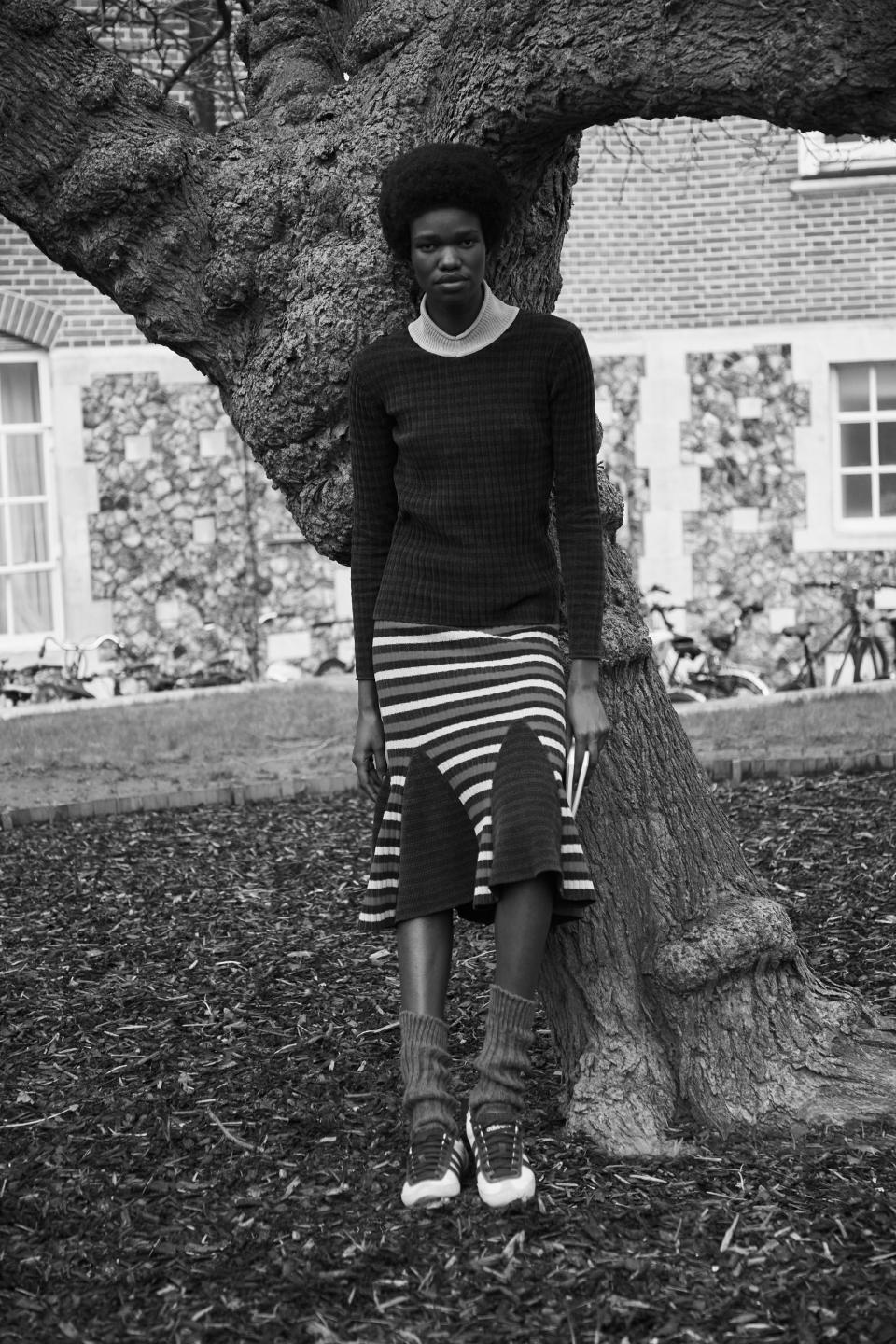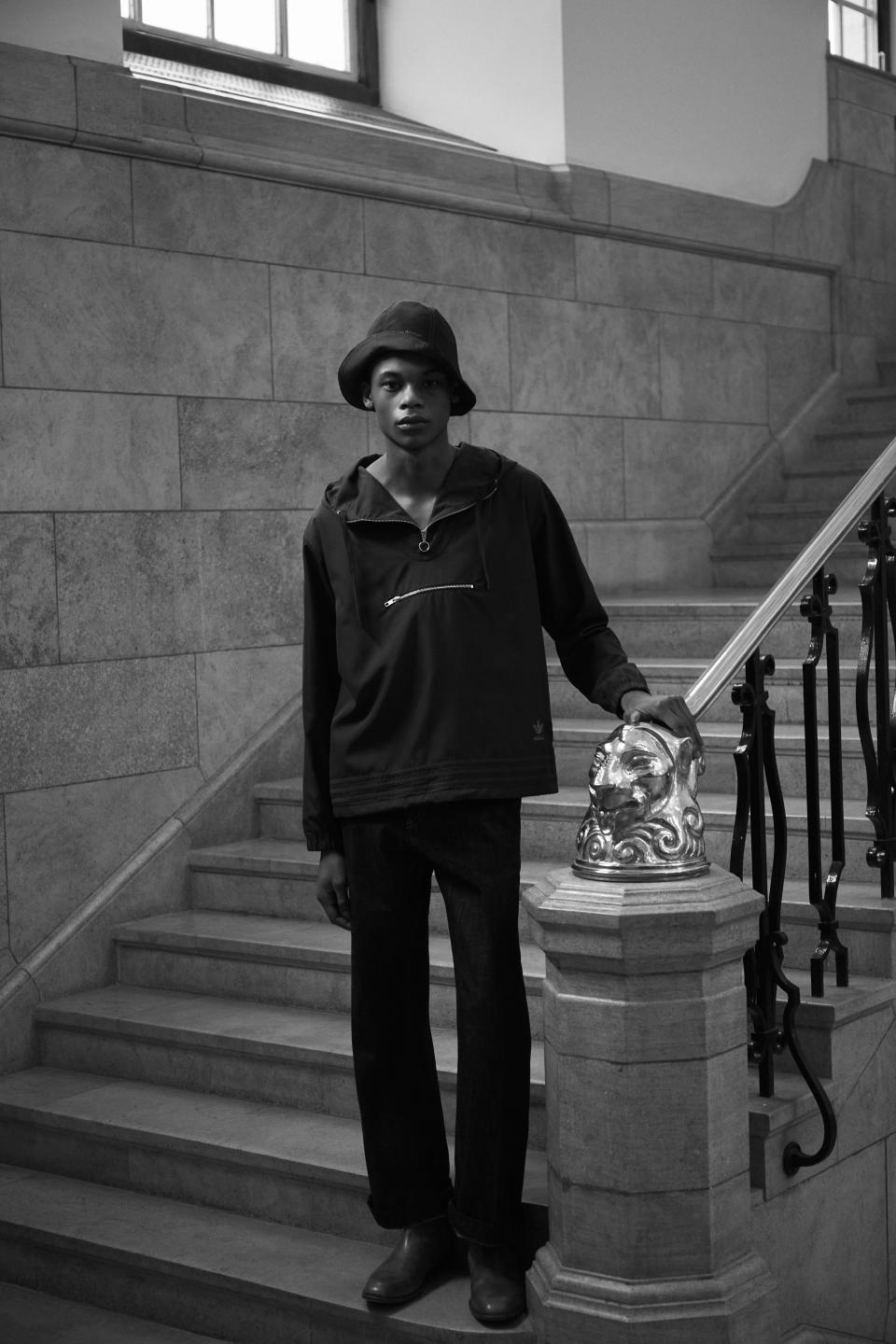Grace Wales Bonner Takes Ivy
- Oops!Something went wrong.Please try again later.
It’s getting to be something of a habit: Grace Wales Bonner released another revelation of a collection this weekend. Called “Black Sunlight,” it was the third collection in a three-season project exploring the relationship between Jamaica and England. Her first, released last January, was called “Lover’s Rock,” which was also the name of the second film in British director Steve McQueen’s miniseries, Small Axe, which he released late last year, around the same time Wales Bonner’s initial collection began arriving in stores.
I asked her whether they’d been in touch. “We haven’t really connected,” she said in a phone call last week, “but I think what’s interesting is that I can see the references that he might have been looking at, and see how someone interprets something through cinema from [the same] archival material.” Well, McQueen should reach out. A McQueen-Wales Bonner pairing would be a historic meeting. Both projects plumb the historical record for inspiration without losing fidelity to their source material—and are even more powerful for that reason.

For this collection, Wales Bonner explored Black academia and intellectualism, taking inspiration in particular from historian Pamela Roberts’s 2013 book Black Oxford: The Untold Stories of Oxford University's Black Scholars, and watching archival BBC footage about Black students at the school. Her corresponding short film is shot in Jamaica, with models lingering over vintage copies of Derek Walcott books. But many of her refined, utterly sophisticated clothes were photographed in ivy-towered settings.
What I loved about this collection was its elegant historicizing. Academic fashion is a style, and a very white one—think of the half-century-old Take Ivy, which made myth of the preppy uniform of elbow patches, tweed, and go-to-hell pants. Those clothes have been preserved almost as if in amber by designers from Ralph Lauren to Rowing Blazers, with little interest in expanding or challenging that uniform. The accoutrements of the Ivy lifestyle are practically protected, and collected, like international treasure. Universities can be repositories of knowledge and tradition—but they are also, Wales Bonner’s collection reminds us, often the first places where boundaries are broken.


Wales Bonner showed a different way of dressing like a genius, a different ideal of worldliness. She’s probably too elegant to position this collection as a direct rebuke to Take Ivy, and anyway the clothes go beyond the merely representational, to something studied, almost documentarian, and even technical. More and more tailoring has made its way into her work, for example, and this season, she worked with Anderson & Sheppard, Savile Row’s most eccentric tailors, on some of her pieces. It was sharp and fantastic—“approachable and relevant,” as she put it.

It’s no coincidence that Wales Bonner has built a cult of fashion’s best thinkers, like photographer Tyler Mitchell, artist Eric Mack, curator Antwaun Sargent, and writer Hilton Als, around her. Everybody smart loves it and wears it. “I feel like I haven’t really compromised my message,” she said, reflecting on the past year. “I feel really happy that people have created space for me to work in this way.” She has cultivated her connoisseurs at a moment when fashion needs people to play that role more than ever. Those in the know find themselves richly rewarded, even blessed.
Originally Appeared on GQ

